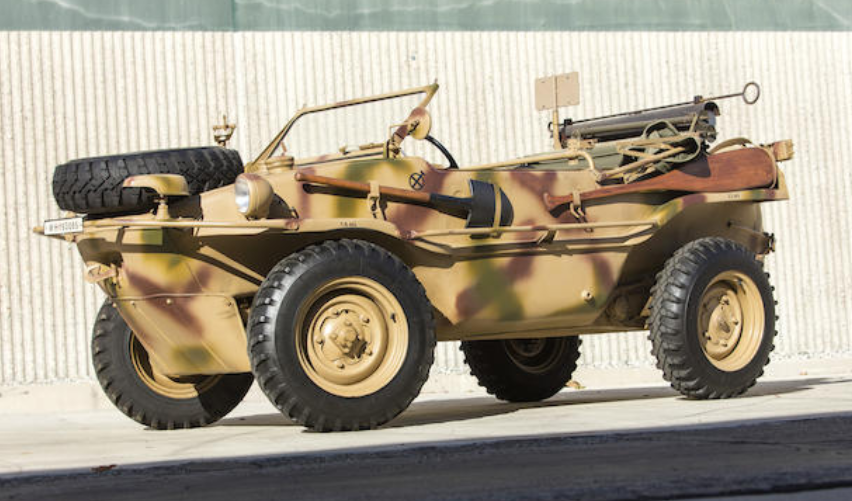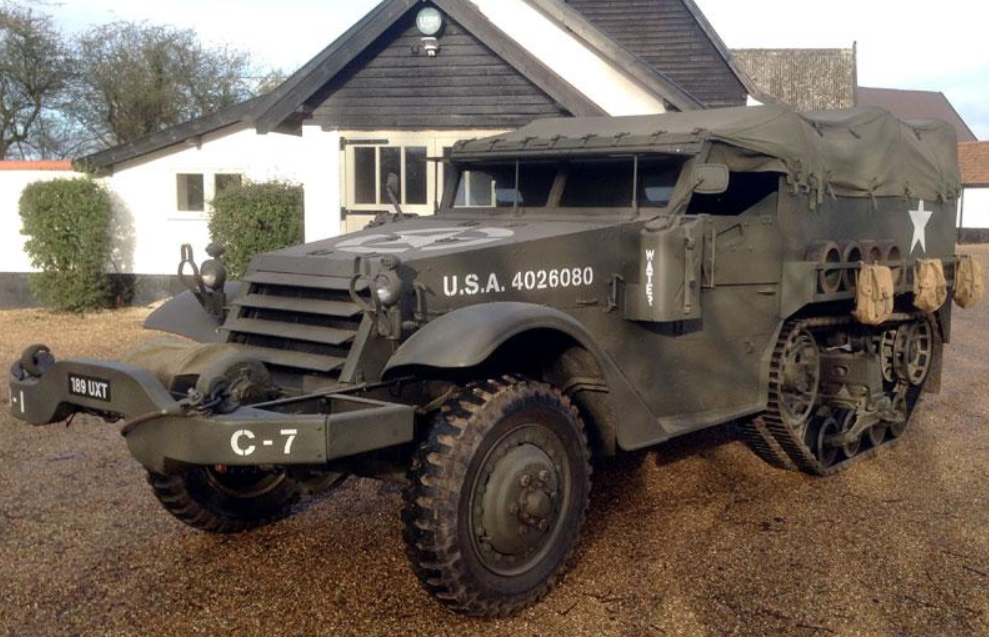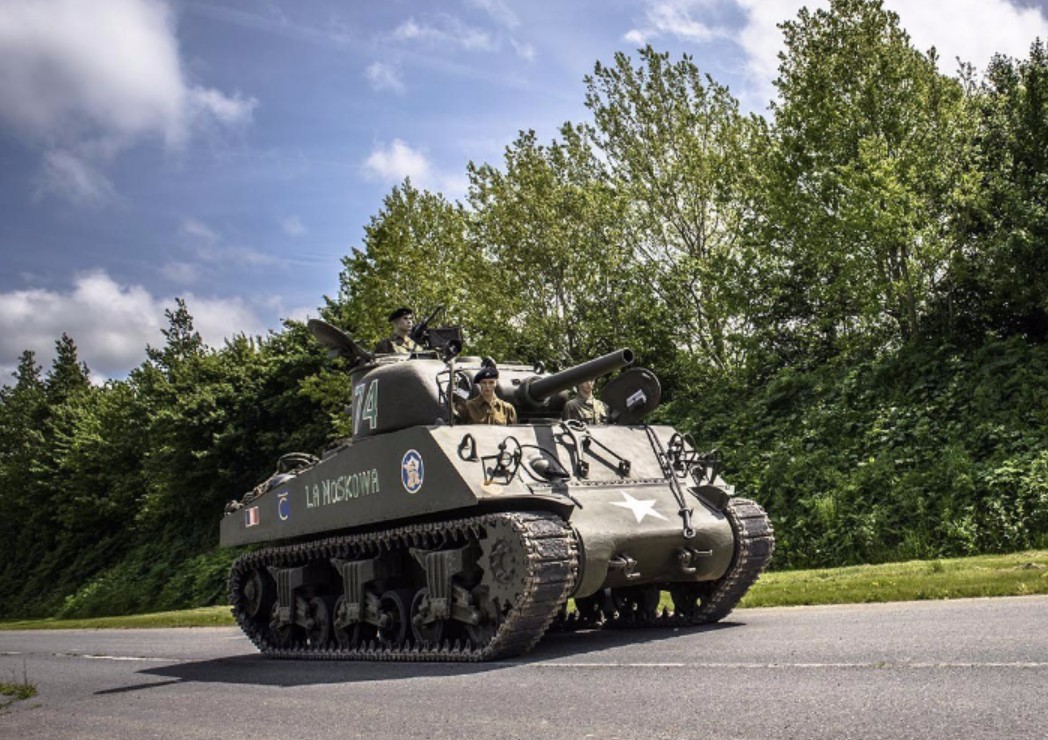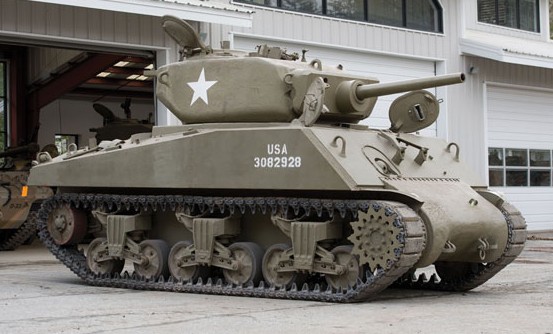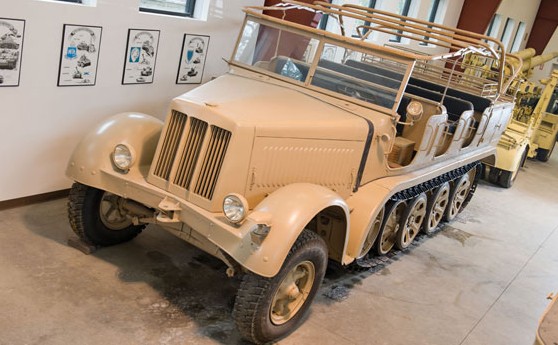1944 Sterling Model HWS 160H Flatbed
Offered by Mecum | East Moline, Illinois | March 24, 2022
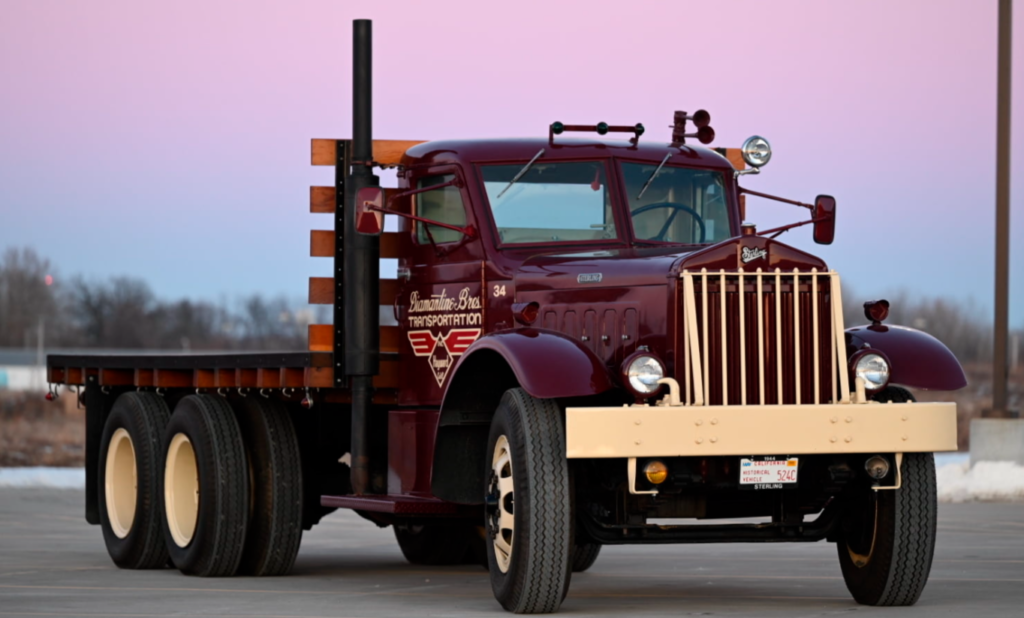
The Sternberg Motor Truck Company of Milwaukee, Wisconsin, was founded in 1907 and changed their name to Sterling in 1916. Though they remained based in Wisconsin for most of the company’s existence, their biggest sales outlet was California after Sterling acquired Fageol’s sales network in 1939.
The company was acquired by White in 1951, with everything relocated to Cleveland the following year. Sterling-White was the marque for ’52-1953, at which time the brand was shuttered. This WWII-era truck was one of a few models the company built for the government. This particular model was for the Army Corps of Engineers.
The 12.2-liter diesel inline-six produced 165 horsepower when new. This is what trucks looked like for a long time, and I’m sure there were quite a few Sterlings on the road for many decades after the 1940s. This restored example looks like it could still be used today. Click here for more info and here for more from this sale.
Update: Sold $59,400.

